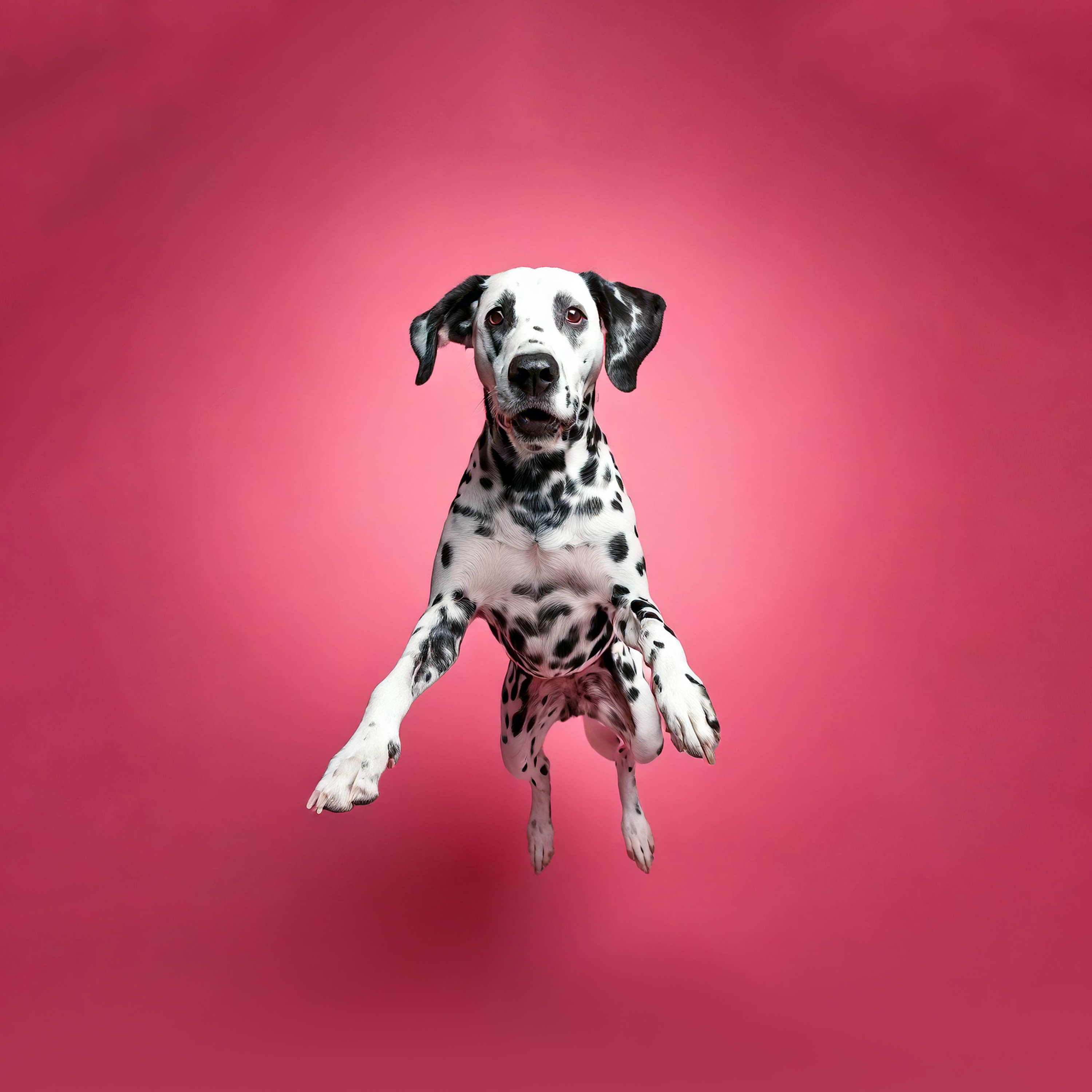Congenital Hearing Problems
The gene responsible for white fur is often linked to the gene for deafness, and that’s the reason why hearing problems are most common in white-colored companion animals. Hearing difficulties may be congenital or develop later due to factors such as old age or ear infections. Hearing loss significantly affects the quality of life of a companion animal and often requires adjustments in training and communication methods.
Hip Dysplasia
Hip dysplasia refers to partial or complete loss of the hip joint. Hip dysplasia can cause bone wear and tear and pain associated with this process. Most companion animals suffer from hip dysplasia from birth. If the disease is diagnosed at an early stage, you can easily correct the issue. In other cases, surgery may be needed to reposition the bones.
Although genetics play an important role in the development of the disease, maintaining a healthy weight is especially important to reduce stress on the joints.
Epilepsy
Epilepsy is a disease of the central nervous system, which causes disturbances in the activity of nerve cells in the brain. An epileptic episode usually lasts a few seconds or minutes. Remember, veterinary engagement and timely initiation of medical treatment are the best ways to manage the disease.
Atopic Dermatitis
Atopic dermatitis is a common skin disease in companion animals. This is an inflammatory process developed due to an overactive immune response to allergens. Atopic dermatitis causes skin inflammation, redness, and itching. The symptoms of atopic dermatitis are often similar to those caused by other skin conditions, which is why it’s important to have the diagnosis made by a veterinarian.

